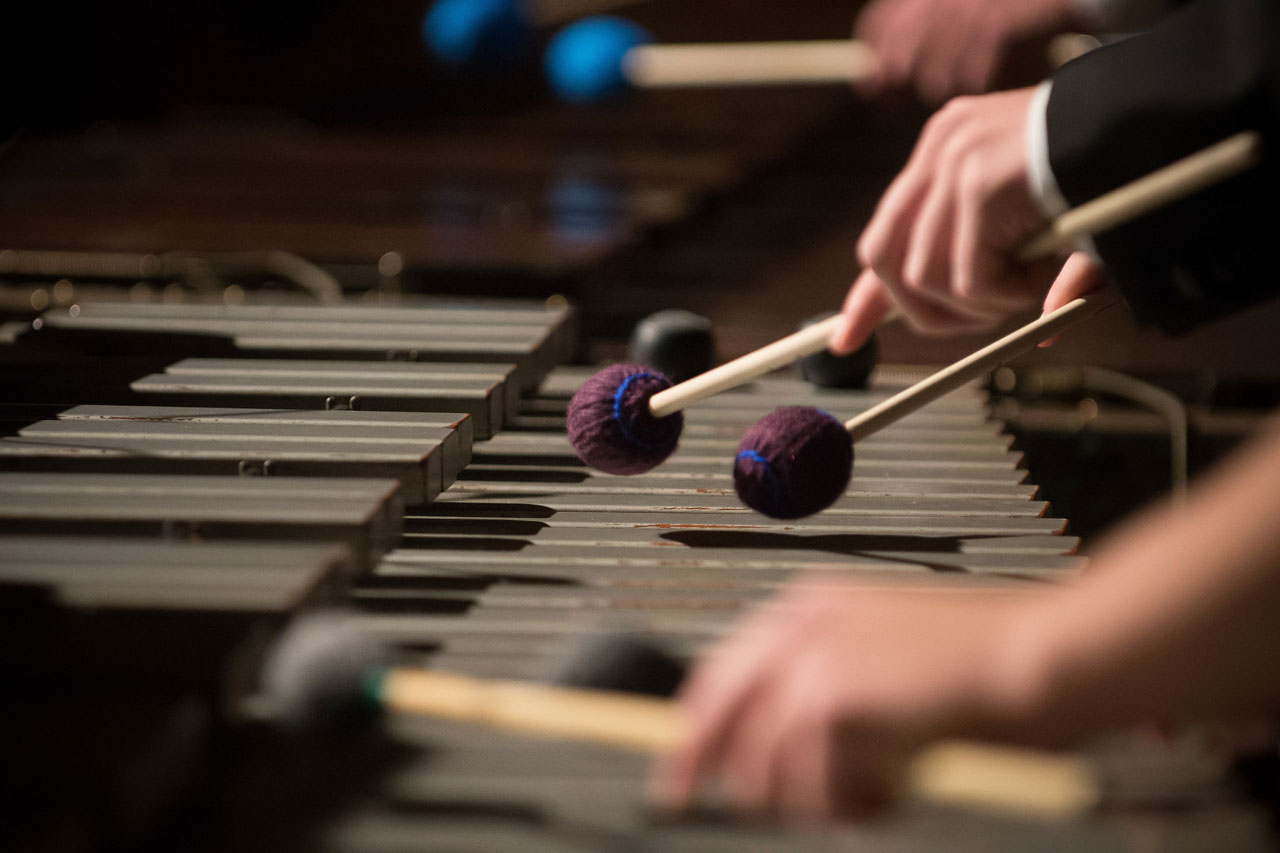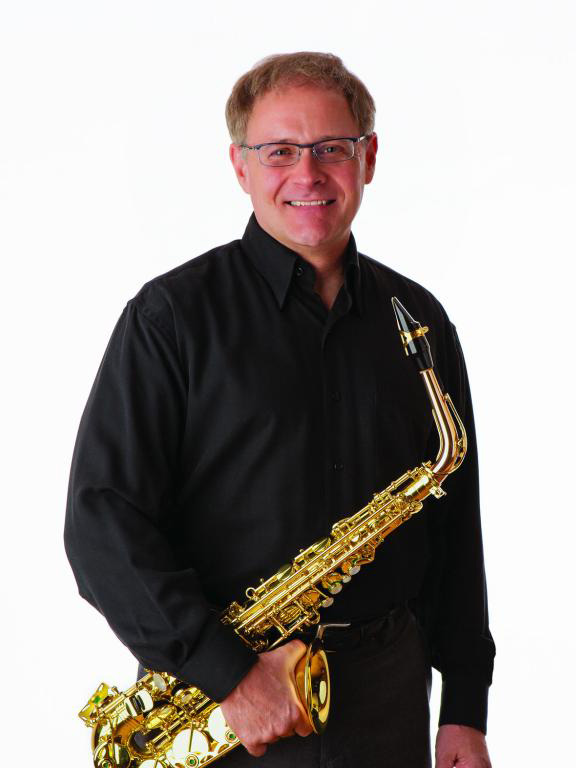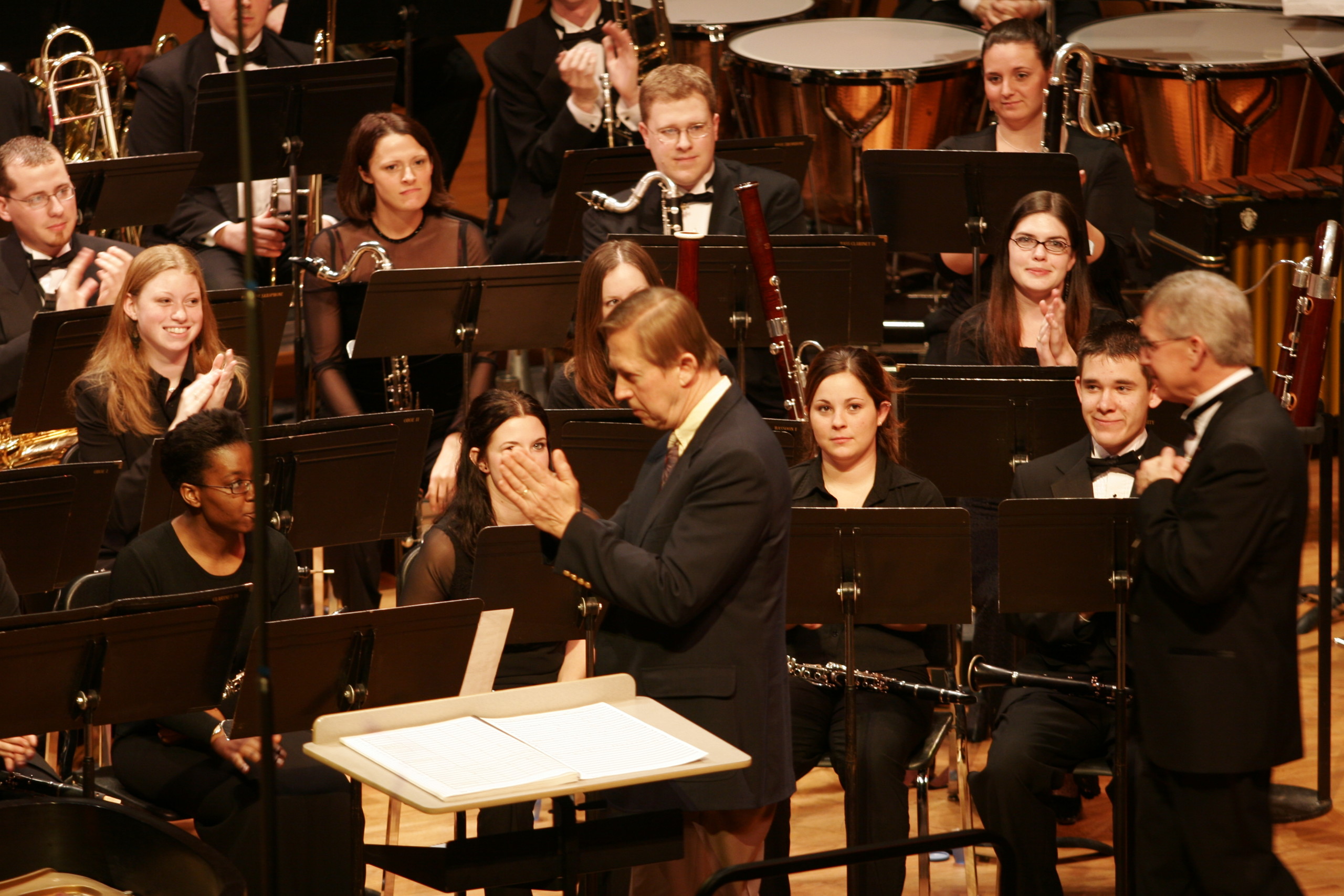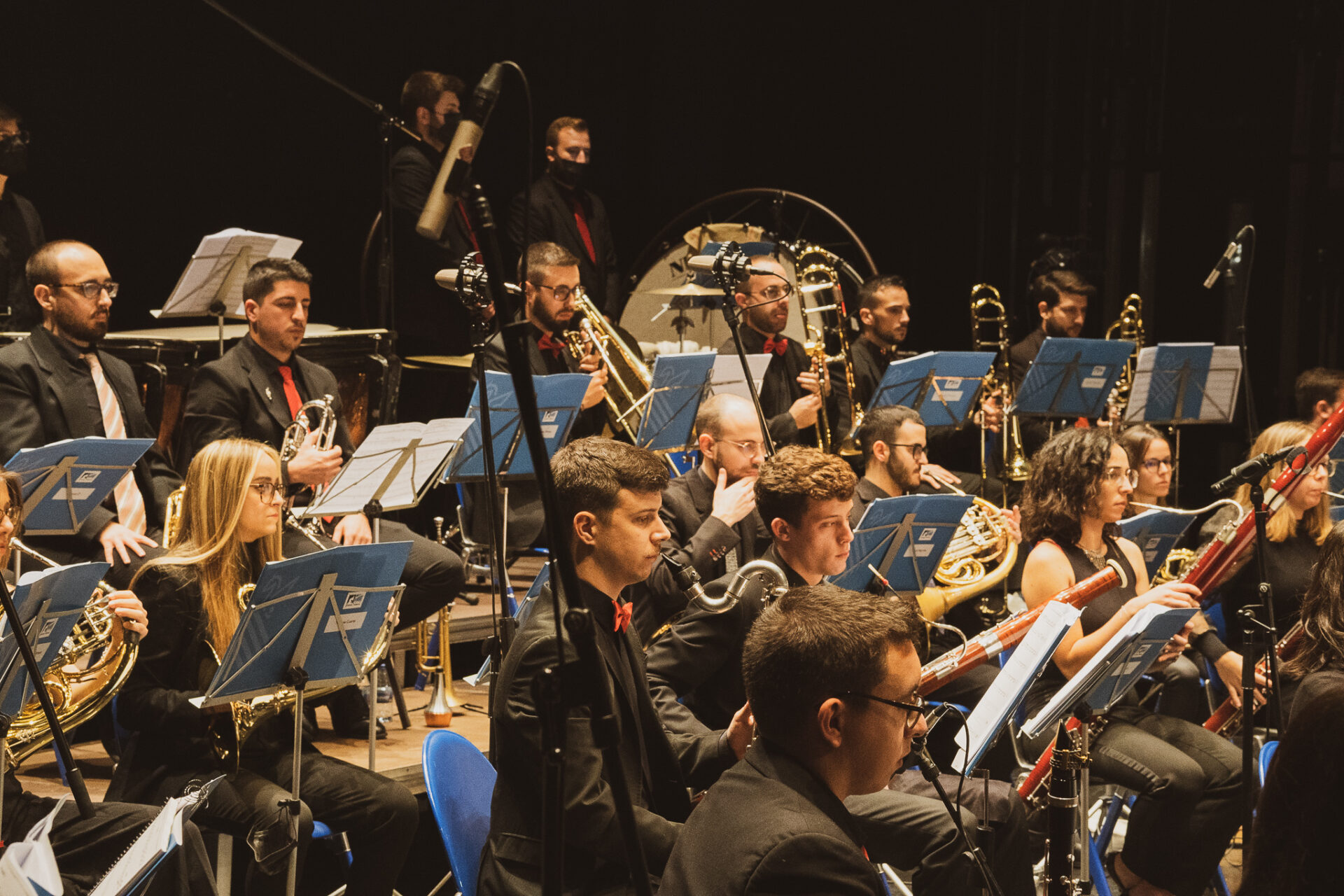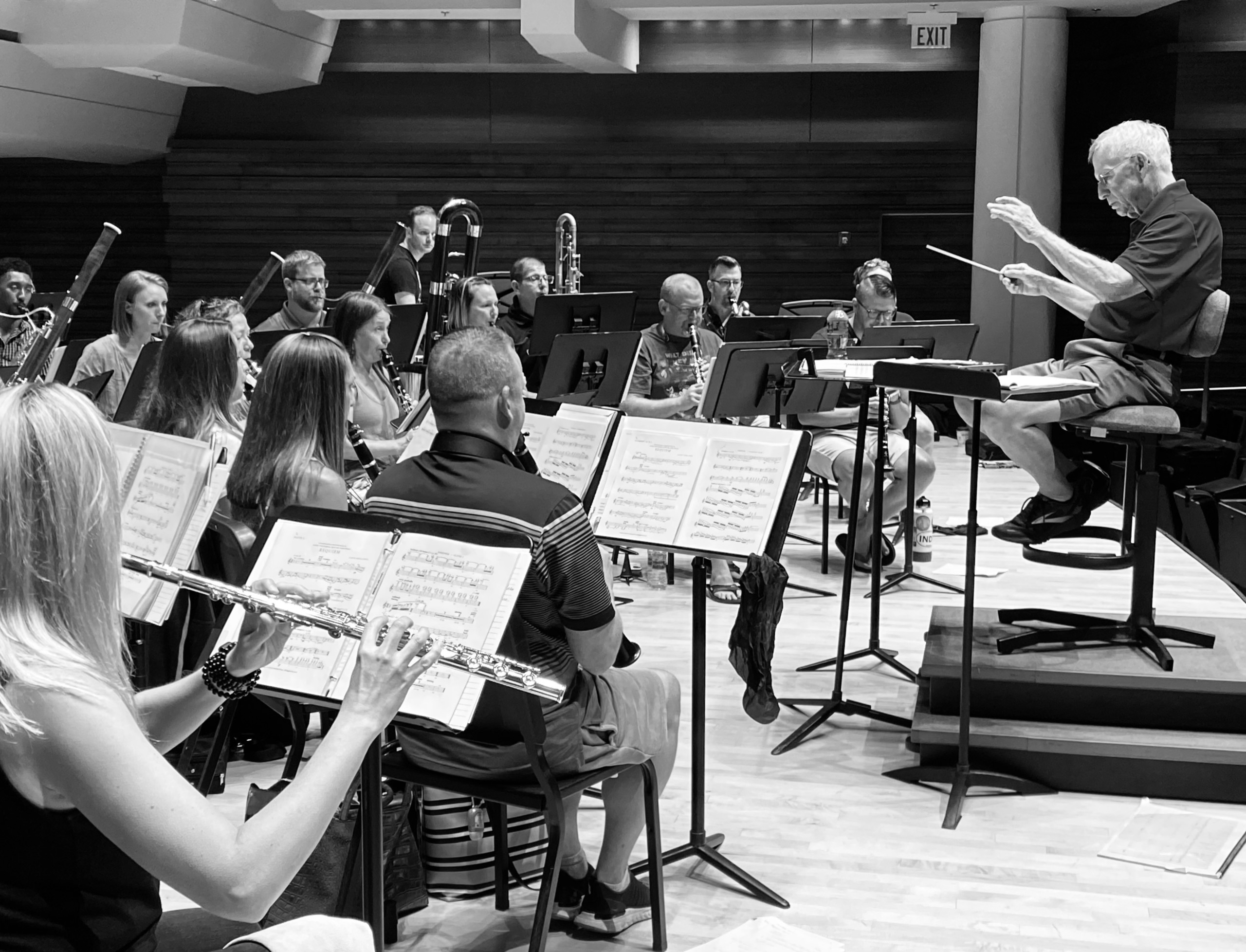Maslanka Weekly highlights excellent performances of David Maslanka’s music from around the web.
David Maslanka’s percussion works are well-known and performed throughout the world. In particular, his works for solo marimba and percussion ensemble have become staples in the concert repertoire.
This week, we feature three new outstanding performances of some of David’s works for percussion: My Lady White, Hohner, and Song Book for Alto Saxophone and Marimba.
My Lady White
From David’s Program Note:
The title, My Lady White, is a reference to a poem by Geoffrey Chaucer; an elegy for a woman named Blanche who was his devoted courtly love who he described as “supremely modest, yet easily approachable, refined, temperate, lighthearted and pious without sternness or coldness.” I call the three movements of My Lady White madrigals because they remind me of those brief, intimate, emotional song forms. The words, “A Gift of Rings,” from the title of the second piece are the title of a poem by the modern English poet Robert Graves. Graves also spent his life searching for the “White Goddess,” which is the name of a book that he wrote. “For Pretty Alison” – Alison is my wife, my best friend, and in many ways my own “Lady White.”
Watch below as Sixte Escrihuela gives a beautiful rendition of Movement I: “Madrigal: My Lady White.”
More info
- Sixte Escrihuela
- My Lady White @ davidmaslanka.com
Hohner
From David’s Program Note:
Bob Hohner was one of my closest friends and musical companions. He was one of the very few people I know who didn’t want a recording of music that he was to perform. It was his joy to discover musical sound. It was his insistent and persistent effort with Arcadia II: Concerto for Marimba and Percussion Ensemble that rescued this “failed” piece from oblivion, and started a long collaboration between us. I wrote Montana Music: Three Dances for Percussion for him, and then In Lonely Fields for Percussion and Orchestra. He recorded Arcadia II, Montana Music, and Crown of Thorns, and we were started on yet another composing project when he died. That project was to have been a “Symphony for Percussion.” I had a flash vision of a stage full of percussion, a large percussion orchestra – sections of marimbas and vibraphones – and lots of players, and I heard them playing a full-scale symphony.
The project came to a halt with Bob’s death, but I decided for his memorial piece that I would write at least one movement of this work, using all of the percussion forces available at the time at Central Michigan University. It is offered in memory of Bob, whose dedicated life as performer, teacher and friend touched, and continues to touch, many thousands of people.
Watch below as Cinjin Casillas leads the Cypress Woods Wildcat Band Percussion Ensemble in a powerful performance of this work.
More info
- Cypress Woods Wildcat Band Percussion Ensemble
- Hohner @ davidmaslanka.com
Song Book for Alto Saxophone and Marimba
From David’s Program Note:
Song Book was commissioned by Steven Jordheim and Dane Richeson of the Lawrence University Conservatory of Music, and was composed in the summer of 1998.
The Bach four-part chorales have become a central part of my music study. Playing and singing a few of them each day has become my way of making the transition into composing time. I sing the soprano, alto, tenor, and bass successively while playing all the parts at the keyboard. At this writing I am on my ninth pass through the collection. Which each pass I am drawn deeper into the relationship of line to line – how one borrowed melody (the chorale tune) generates three other beautiful melodies in the same space, and how all parts together generate a pattern of harmonic movement. I am fascinated by the process of the pieces and they have become a strong influence on my composing.
Three chorale melodies appear in Song Book. I have taken them quite out of their liturgical context. Their titles inspire an emotional response in me, and out of this comes a music that expands on the original tune. My feeling for quotation is twofold. First, when a pre-existing melody comes to mind or hand while I am writing a new piece, it is a suggestion that the tune has something more to say, and that it will unfold differently in the new context. Secondly it allows for the process of “going underneath” the old tune to find something quite different and new. I let this happen because it seems that deeper connections are trying to work themselves out over many years and across many pieces. Folk and jazz artists do this as standard procedure.
Watch below as Yuki Yoshio (Alto Saxophone) and Saki Matsuiwa (Marimba) give a hauntingly beautiful performance of this music.
More info
- Song Book for Alto Saxophone and Marimba @ davidmaslanka.com
We would love to hear from you! If you know of any outstanding performances of David Maslanka’s music on the web, please email us at maslankaweekly@maslanka.org.
